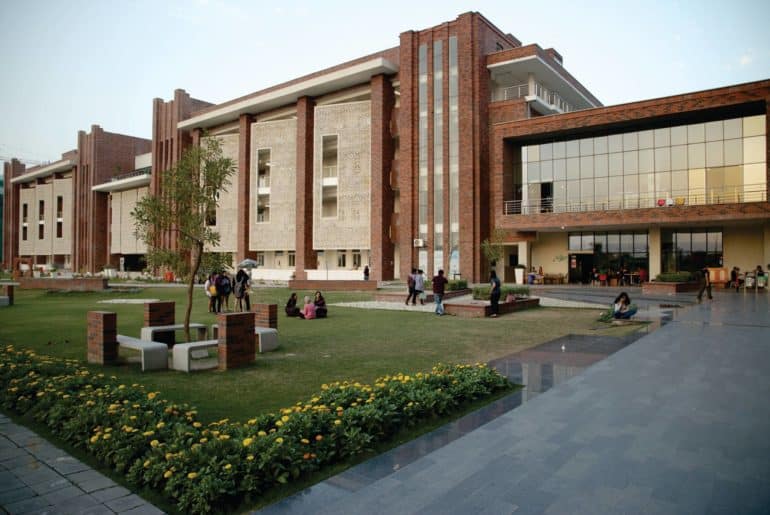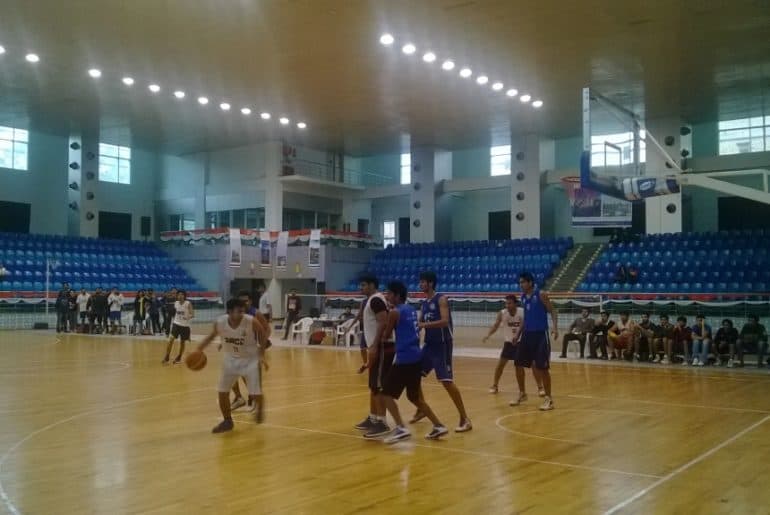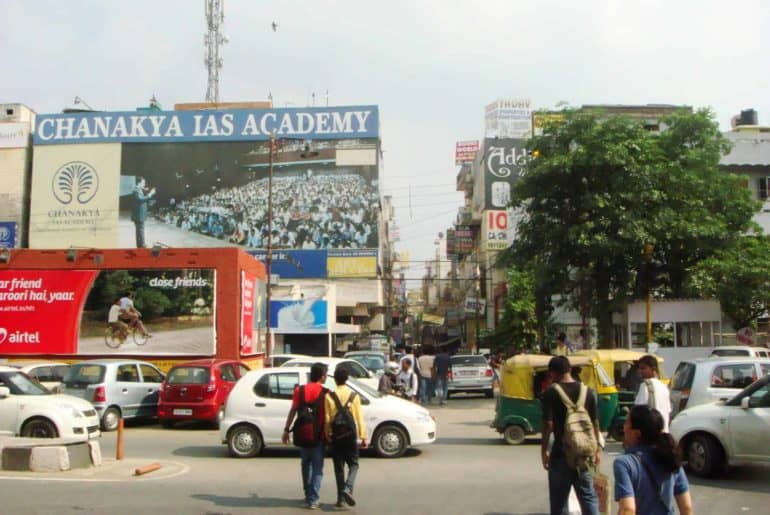The students of Daulat Ram College Hostel have different notions when it comes to the hostel being a home away from home.
On 7th February 2019, the ceiling of a washroom crashed down upon a girl in Daulat Ram College Hostel (DRCH), while she was using it. The reason being ‘negligible maintenance.’ Fortunately, she managed to get out just in time, but hurt her shoulder during the process. The washroom was locked and the issue was addressed silently. A series of such mishaps have been under the light in the DRCH, unfortunately not all of them have a tangible form.
The Psychology department of the college had to organise a picnic to the Lodhi Gardens on 20th February 2019. The teachers along with the students of the department were to go together. However, due to bad weather, the trip was pre-poned to 19th February 2019. The students received the official letter from college and got it signed from their parents as well. However, the students were questioned incessantly for going out ‘without asking permission separately from hostel’, even though they reached the hostel by 5 p.m.
The girls are were also questioned regarding their social media presence. A hosteller, on grounds of maintaining anonymity has revealed how the Instagram accounts of students have been scrutinized and printed. The matron has, in fact, questioned girls on the type of pictures they post online by showing them printed copies of their own account. Another hosteller remarked, “We are being mentally threatened and harassed. She has created an aura of threat and mistrust in the whole hostel.”
The students pay an annual fee of INR 1,15,000 with extra INR 20,000 in winter. On being asked if they are getting services worth the money, a hosteller replied, “The food quality has deteriorated. At times, we feel that we are being given stale food. Some air conditioners and geysers in the washroom do not function, even though we have written multiple applications.” She added, “Earlier, we were allowed to keep food for our friends, in case they were stuck somewhere or working, but now we are questioned to death.” When asked if the girls tried contacting their parents for addressing the issues, she said, “Most of the students are from far-off places, this makes it difficult for the parents to come every now and then. Because of this, the gravity of the issue cannot be understood by them.”
Instances of matron questioning the upbringing of the students and threatening them by bringing up old incidents when students were forced out of hostel have also come up. The girls are, therefore, in a lot of mental stress. They’re also having ‘anxiety issues’, a student commented.
Around 130 students of the hostel have collectively written and signed an application citing reasons due to which they are restraining from submitting the fee and are demanding due compensation . In the application, the students have described in detail the reasons of their decision and explicitly pointed out their grievances. One such grievance being that the hostel seats were allotted to the students one month after the commencement of the session, due to which they had to pay a minimum sum of INR 10,000.
A protest broke out on 23rd February with over a hundred students sitting outside the hostel gate. They are determined to stand for their rights and the facilities they have paid for. One of the hostellers adds, “It’s great that a majority of people have come out to support what’s right.”
It is yet to be seen what result comes out of it but it can only be hoped that the concerns of students are heard and taken seriously. It has been a long struggle on the students’ part. The question to ask is if their fee package included these intangibilities.
Feature Image Credits:DU Beat
Akshada Shrotryia





